Concept of Web3: What Does It Mean for the Crypto Industry?

Contents
- Introduction
- What is Web3
- Decentralized Finance (DeFi) as a Part of Web3
- Smart Contracts and Their Significance for the Crypto Economy
- How Web3 is Changing the Approach to Launching and Developing Cryptocurrency Startups
- Examples of Successful Web3 Projects
- Risks and Challenges of Integrating Web3 into Everyday Life
- Web3 and Security
- Risks of Decentralized Applications (dApps)
- Economy and Finance in Web3
- Advantages and Disadvantages of Web3
- The Future of Web3 in the Crypto Industry
- How Web3 Will Shape the Future of the Crypto Market
- Conclusion
Introduction
The modern internet constantly evolves, and Web3 is becoming a critical stage. In the past, users simply consumed information from websites (Web1) or actively interacted with platforms owned by large corporations (Web2). Now, technology is opening new opportunities. Web3 offers a decentralized approach where users can consume content and own their data, control digital assets, and interact without intermediaries.
For the cryptocurrency industry, Web3 plays a key role. It enables the creation of financial instruments that operate without banks, supports secure transactions through blockchain, and makes the internet more independent. The development of Web3 is changing how many online services operate and paving the way for a more transparent digital economy.
What is Web3
Definition and Features
Web3 is a concept of the next-generation internet based on decentralization and blockchain technology. Unlike the traditional web, where data is stored on servers owned by individual companies, Web3 gives users greater control. Smart contracts replace intermediaries, and cryptocurrencies enable financial transactions without banks or payment systems.
Key principles of Web3
Web3 is built on several principles that distinguish it from the traditional internet.
The first is decentralization. In Web3, data is not stored in a single central location, as is familiar with conventional online services. Instead, information is distributed across numerous nodes worldwide. This reduces the risks of data breaches and attacks, as there is no single point of vulnerability.
The second important principle is transparency. All data passing through Web3 is recorded on the blockchain, an open and immutable ledger that cannot be altered. Anyone can verify the information, but no one can change it. This fosters trust and eliminates the need for intermediaries.
Finally, autonomy plays a key role in Web3. With smart contracts, all actions occur automatically once predefined conditions are met. This removes the need for third-party organizations to confirm transactions. Smart contracts make processes fast, reliable, and cost-effective by eliminating the involvement of individuals or companies in executing agreements.
Comparison with Web1 and Web2: The Evolution of the Internet
The internet has gone through several stages of development:
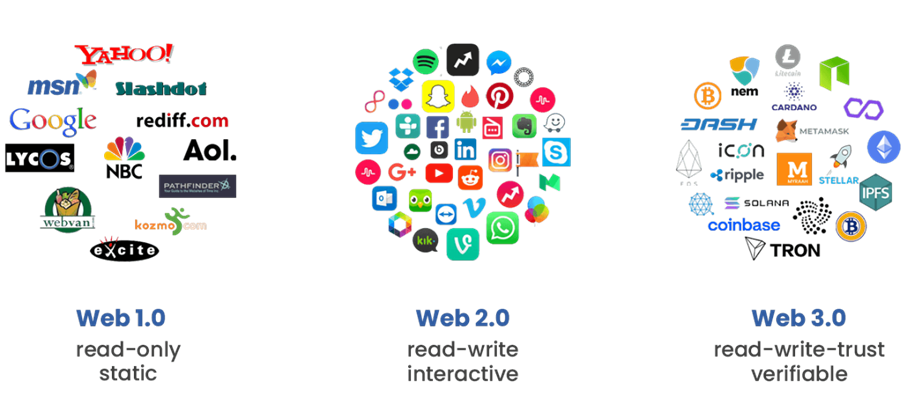
-
Web1 (Static Internet) – Read-only web, where users can view only pages without modifying them.
-
Web2 (Interactive Internet) – Social networks, cloud services, and platforms controlled by corporations allowed users to publish content, but companies gained complete control over their data.
-
Web3 (Decentralized Internet) – New technologies enable direct interaction without intermediaries, giving users freedom and security.
Core Technologies of Web3
Web3 is built on several technologies that redefine online interactions.
One such technology is blockchain. It is a digital ledger where every transaction is recorded and stored permanently. Data cannot be altered or deleted, making the system secure and transparent.
Decentralization is another crucial aspect of Web3. Instead of storing data on a single server or in one data center, information is distributed across thousands of computers worldwide. This increases reliability and reduces risks associated with single points of failure, as seen in traditional centralized systems.
Smart contracts are programs within the blockchain that automatically execute agreements without intermediaries. Users do not need to enter commands or interact with third parties manually—connecting a wallet and completing the required actions through an interface is enough. The smart contract then verifies the conditions and executes the transaction.
Decentralized Finance (DeFi) as a Part of Web3
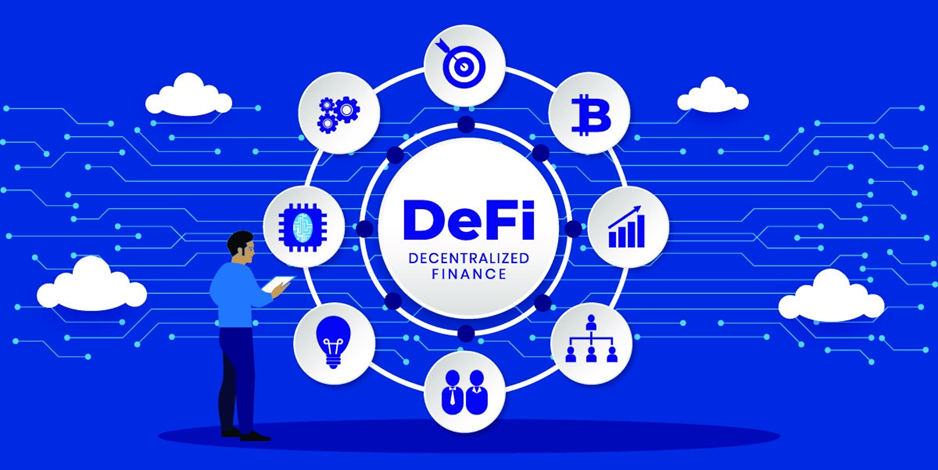
DeFi offers an alternative to traditional financial systems. Banks and payment systems are being replaced by decentralized platforms where users interact directly. Smart contracts ensure that agreements are executed without intermediaries.
Advantages of DeFi
-
Large organizations do not control transactions.
-
Loans and deposits become accessible without banks.
-
Blockchain ensures transparency in all processes.
DeFi projects expand access to financial instruments.
Smart Contracts and Their Significance for the Crypto Economy

Smart contracts automate processes in the cryptocurrency sector. These algorithms operate without reliance on third parties and reduce fraud risks.
Advantages of Smart Contracts
Smart contracts make deal execution simple and reliable. Once the parties agree on the terms, they are immediately embedded in the code. The contract is then executed automatically, eliminating the need for human oversight.
Using blockchain ensures that all data is protected from modification. Information about each transaction is recorded in a block and cannot be changed retrospectively. This creates a high level of trust among participants and minimizes fraud risks.
Additionally, smart contracts enable the development of complex financial solutions. For example, they are the foundation for decentralized finance (DeFi) applications and decentralized autonomous organizations (DAOs), where governance is executed through pre-programmed algorithms. This opens up new business models where intermediaries play a minimal role.
How Web3 is Changing the Approach to Launching and Developing Cryptocurrency Startups
Previously, developers had to turn to exchanges, seek large investors, and involve intermediaries to secure funding. Thanks to Web3, projects can directly engage with the community and raise funds through tools like ICOs, IDOs, and DAOs. This enables startups to attract capital more quickly while simultaneously building a loyal community around them.
Moreover, Web3 makes project management more flexible. Decisions are not made centrally but collectively with community members who vote on key initiatives. This approach allows projects to consider investor interests and create products tailored to users.
Transparency has also become a significant advantage. All transactions are recorded on the blockchain, allowing anyone to track how funds are spent. This fosters trust and makes the financial aspects of the project clear to all participants.
Web3 simplifies the launch of cryptocurrency startups and makes their development more open, fair, and community-driven.
Examples of Successful Web3 Projects
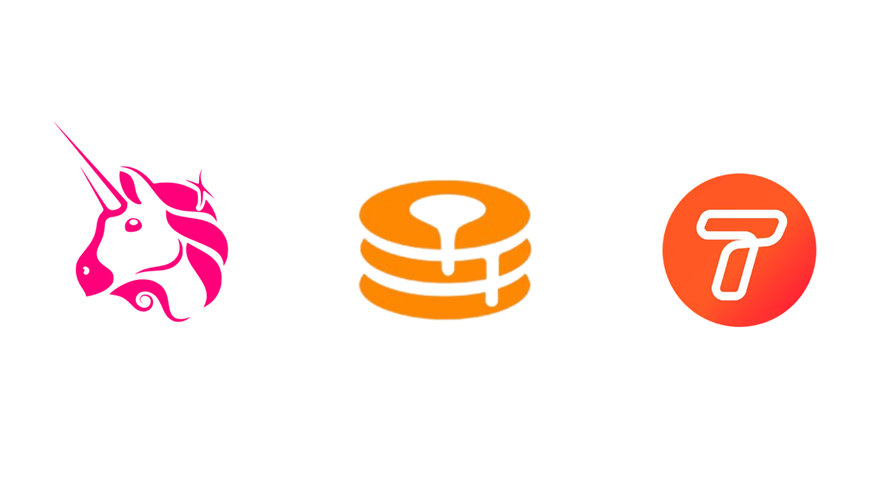
-
Uniswap – A decentralized exchange where users can trade cryptocurrencies without intermediaries. Anyone can add liquidity and earn rewards for participating in trades.
-
Maple Finance – A lending protocol that allows companies to obtain unsecured loans. Unlike standard DeFi platforms, it focuses on institutional borrowers, with lending conditions governed by smart contracts, reducing risks for lenders.
-
Taki is a blockchain-based social network where users can issue their tokens, support creators, and earn rewards for engagement. The project combines Web3 mechanics with traditional social platforms.
Risks and Challenges of Integrating Web3 into Everyday Life
Web3 promises to make the internet more free and decentralized, but serious obstacles are along the way.
-
Complexity of Technologies — Beginners struggle with creating crypto wallets, conducting transactions, and using decentralized applications. Without proper knowledge, mistakes can lead to financial losses.
-
Security Risks — Despite blockchain transparency, smart contracts often contain vulnerabilities that hackers exploit. Additionally, recovering funds is impossible if a user loses access to their private key.
-
Fraud — Some Web3 projects are designed solely to scam investors and disappear with their money. Experienced users can recognize such schemes, but newcomers may struggle to distinguish reliable projects from dubious ones.
-
Regulatory Uncertainty — Governments take different approaches to cryptocurrencies and decentralized applications, creating legal ambiguity for businesses and users.
To use these technologies safely, studying the fundamentals and carefully evaluating projects is crucial.
Web3 and Security
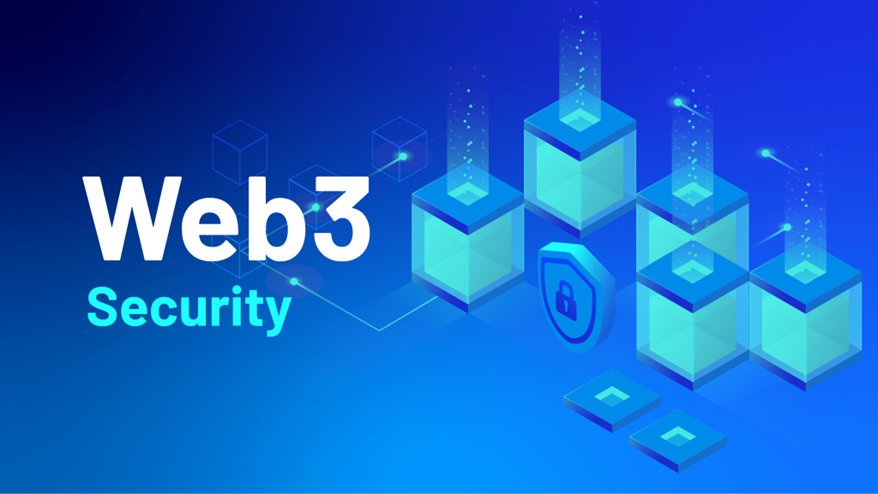
Web3 transforms approaches to protecting data and digital assets. Decentralized technologies provide users with greater control but also introduce new risks.
How Web3 Enhances the Security of Cryptocurrency Transactions
Blockchain makes all transactions transparent and immutable. Once data is recorded in the ledger, it cannot be altered. This reduces the risk of transaction forgery and increases trust in the system.
Smart contracts ensure the automatic execution of agreements without intermediaries. However, coding errors can lead to financial losses. Hackers constantly search for vulnerabilities in smart contracts, prompting developers to improve security measures.
Risks of Decentralized Applications (dApps)
-
Coding Errors – Bugs in development can allow hackers to steal funds.
-
Phishing Attacks – Malicious actors create fake applications that mimic popular dApps.
-
Lack of Regulation – No authority can reverse mistaken transactions or recover stolen assets.
Users should only engage with verified dApps. In Web3, security depends not only on technology but also on each participant’s responsible actions.
Economy and Finance in Web3
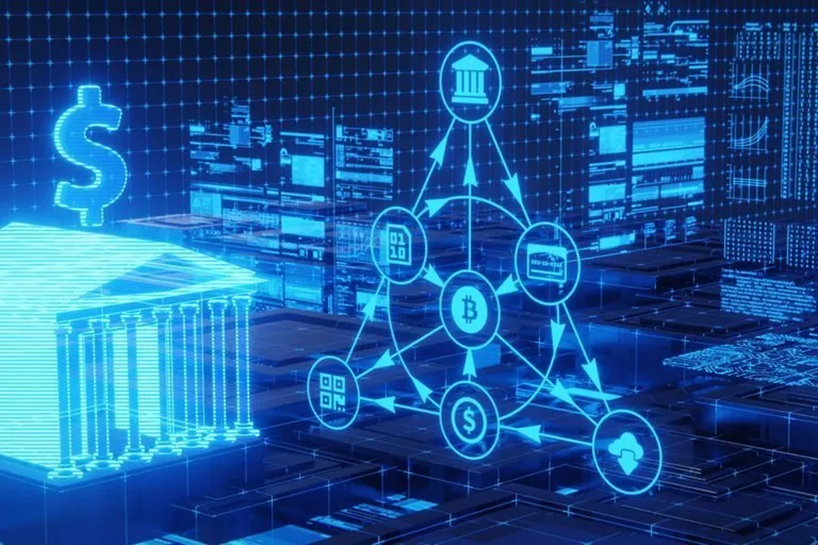
Web3 introduces new earning opportunities and reshapes financial strategies. Decentralized platforms enable income generation without banks or corporations.
Web3 Monetization Models
Web3 provides new monetization methods, allowing users to earn rewards for their activity and contributions to project development. One such model is participation in decentralized autonomous organizations (DAOs). Here, individuals can contribute to community growth, gain voting power, and share in profits.
Another popular model involves Play-to-Earn and Move-to-Earn concepts. In these projects, users earn tokens by performing specific actions, such as playing games, engaging in physical activity, or creating content.
Additionally, new platforms support direct payments to creators. Content producers receive rewards directly from their audience, bypassing intermediaries. This fosters stronger connections between creators and their communities while ensuring fair compensation for creative work.
Impact on Investment Strategies and the Cryptocurrency Market
Web3 expands investment opportunities, offering new asset classes beyond Bitcoin and Ethereum, such as innovative contract-based projects, NFTs, and DAOs.
One of the significant shifts is the active participation of the community in decision-making. Token holders can vote on key project development initiatives, giving investors more control.
Investment accessibility has also improved. Anyone can support a promising startup by purchasing its tokens without complex procedures or intermediaries.
However, risks remain high. Decentralized projects can rapidly increase in value but also disappear just as quickly. While Web3 presents new financial opportunities, investors must approach projects with caution.
Advantages and Disadvantages of Web3
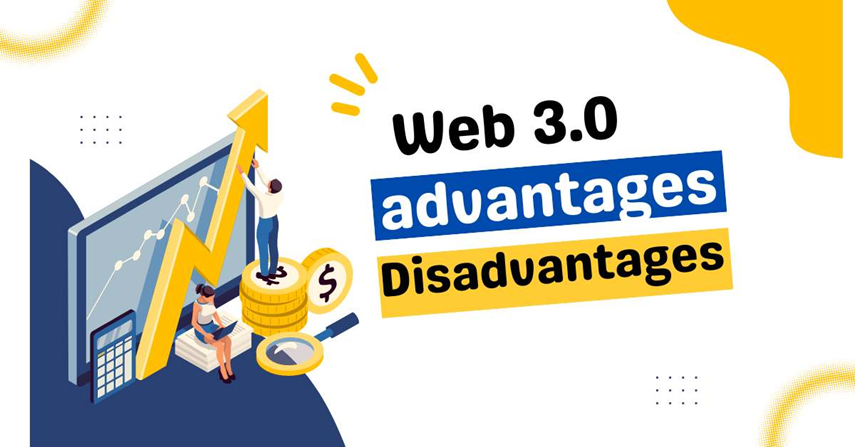
Web3 opens new horizons for the crypto industry. Decentralized technologies provide users with more freedom while also introducing specific challenges.
Positive Aspects of Web3 for Cryptocurrencies
-
No intermediaries. Users conduct transactions directly, reducing fees.
-
Transparency. All operations remain on the blockchain, and no one can alter the data.
-
Security. Smart contracts automatically execute transaction conditions, eliminating human error.
-
Global access. Anyone can participate in the Web3 economy without being tied to national systems.
Potential Issues and Limitations
-
Complexity of use. Beginners struggle to understand wallets, smart contracts, and DeFi services.
-
High fees. Some blockchains require significant transaction costs.
-
Risk of attacks. Hackers exploit vulnerabilities in smart contracts to steal user funds.
-
Regulatory restrictions. Different countries have varying approaches to Web3, creating legal uncertainty.
Despite these challenges, Web3 continues to evolve, offering new solutions for users.
The Future of Web3 in the Crypto Industry
Web3 is rapidly transforming the digital economy. Developers are creating new tools, and major companies are beginning to adopt decentralized technologies.
For example, Amazon has shown interest in Web3 and decentralized technologies. The company has announced plans to launch its blockchain solutions for clients and is exploring cryptocurrency payment options. Amazon Web Services (AWS) also actively provides solutions for Web3 development, including support for blockchain infrastructure and smart contracts.
Web3 Development Forecasts and Trends

-
Improved scalability. Blockchains are becoming faster, reducing fees, and increasing transaction speeds.
-
Simplified interfaces. Web3 services are becoming more accessible to users without technical expertise.
-
Integration with the real world. Developers are connecting the crypto economy with traditional finance, enabling token use in daily life.
-
Growth of DAO influence. Communities manage projects and make decisions without centralized structures.
How Web3 Will Shape the Future of the Crypto Market
Cryptocurrencies will increasingly integrate into the global economy, with more companies accepting tokens as payment. At the same time, crypto regulations will tighten, introducing new rules to mitigate user risks. Web3 technologies will continue to expand into various sectors, impacting social networks, digital identities, and intellectual property systems, bringing greater decentralization and transparency.
Conclusion
Web3 represents a significant milestone in the evolution of the Internet and the cryptocurrency industry. It offers new opportunities for decentralization, enhanced security, and innovative financial models. With Web3, users gain greater control over their data and assets while interacting with services without intermediaries.
However, as Web3 evolves, new challenges arise, such as security, scalability, and regulatory issues. For crypto projects, this means addressing blockchain network problems and adapting to rapidly changing conditions.
Web3 is reshaping finance and digital assets. New solutions simplify cryptocurrency transactions, make platforms more user-friendly, and enable investment without intermediaries. These changes are already affecting the market, and companies continue to explore ways to adapt to new conditions. With each passing year, Web3 will play an increasingly important role in the financial sector, transforming traditional asset management and funding approaches.